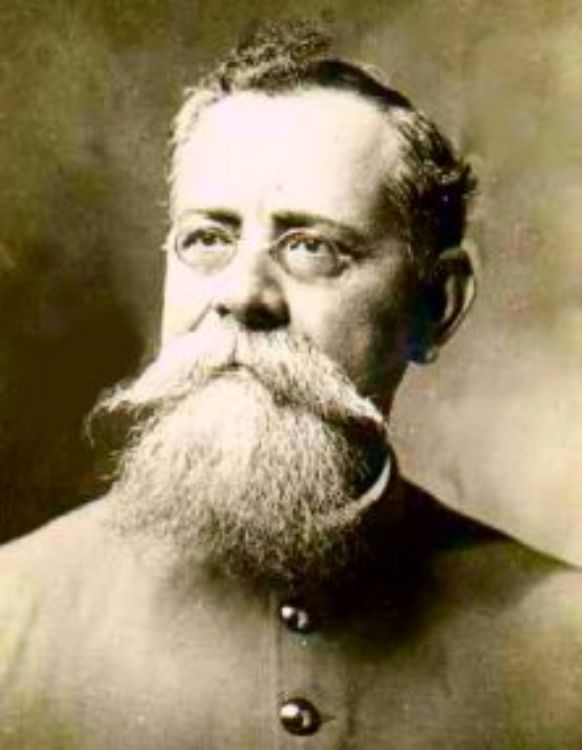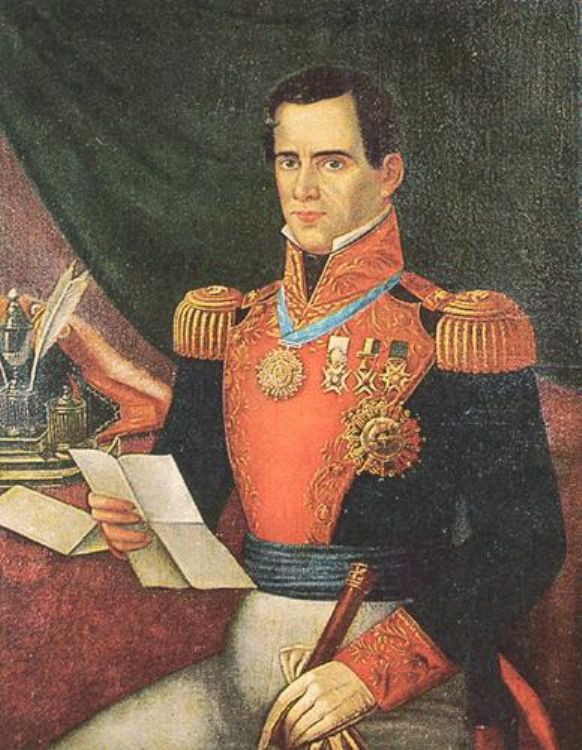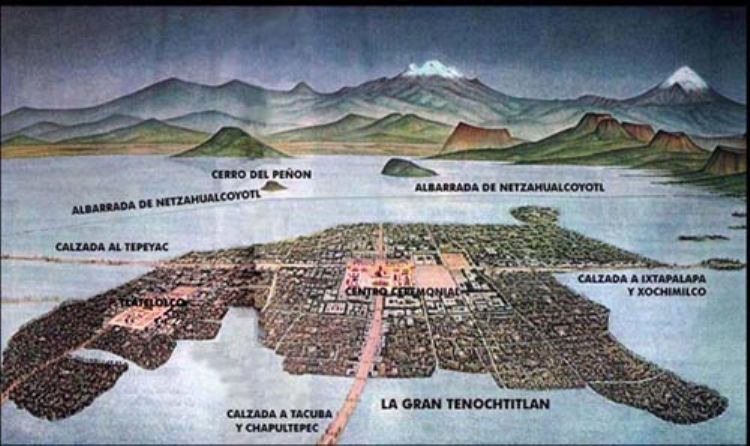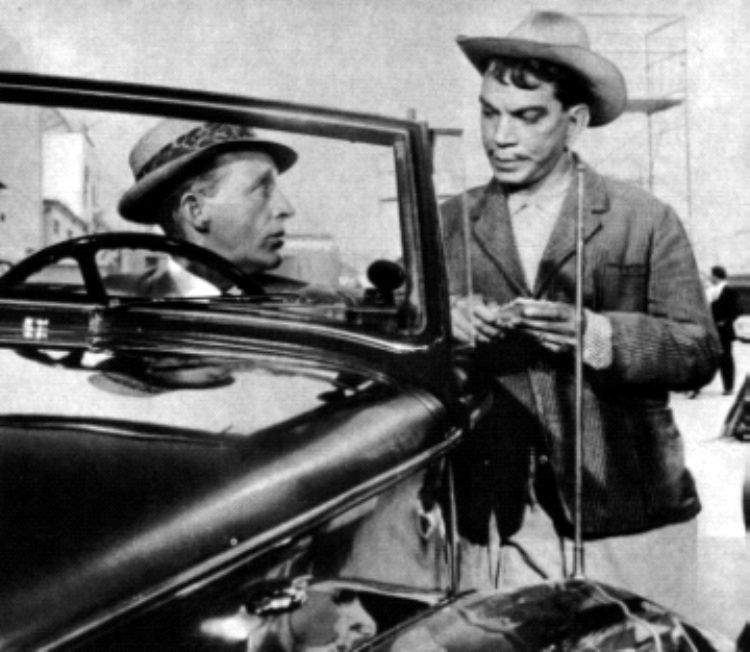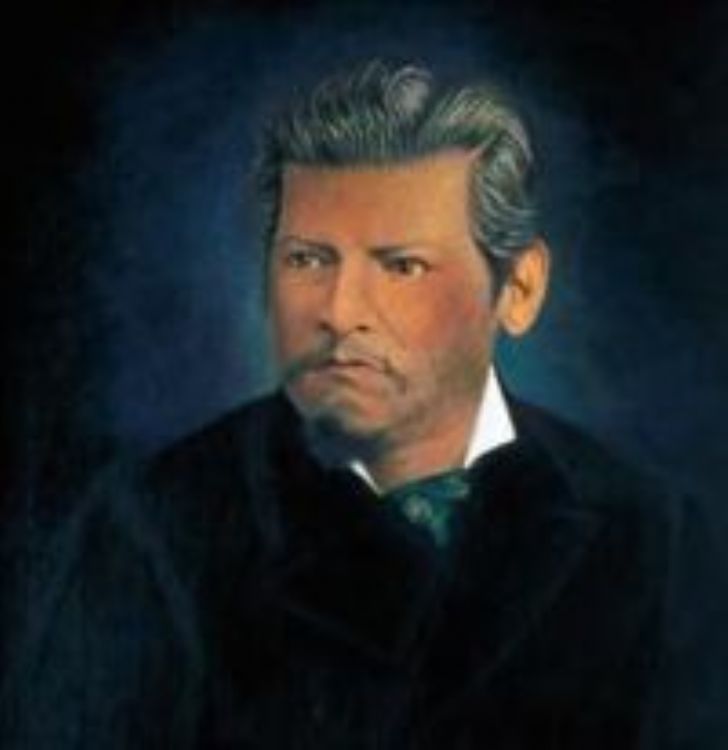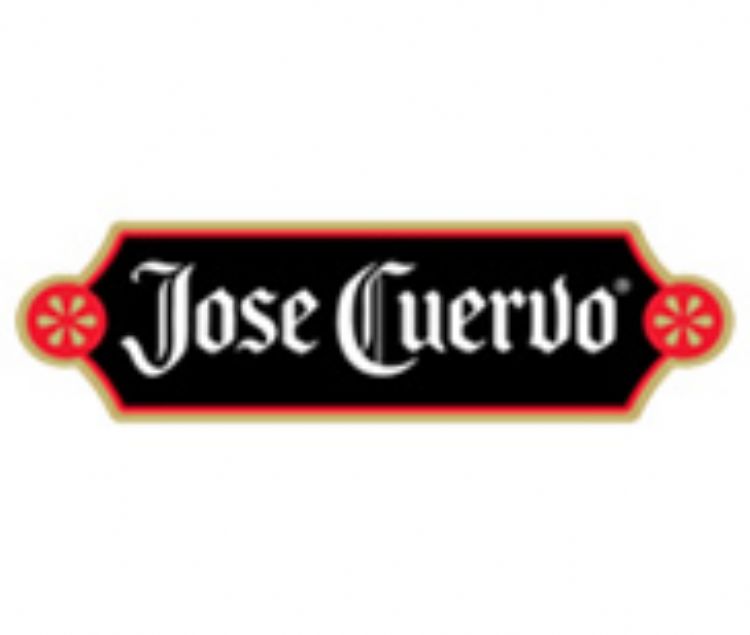Archaeological Sites in Campeche; Hochob and Hormiguero
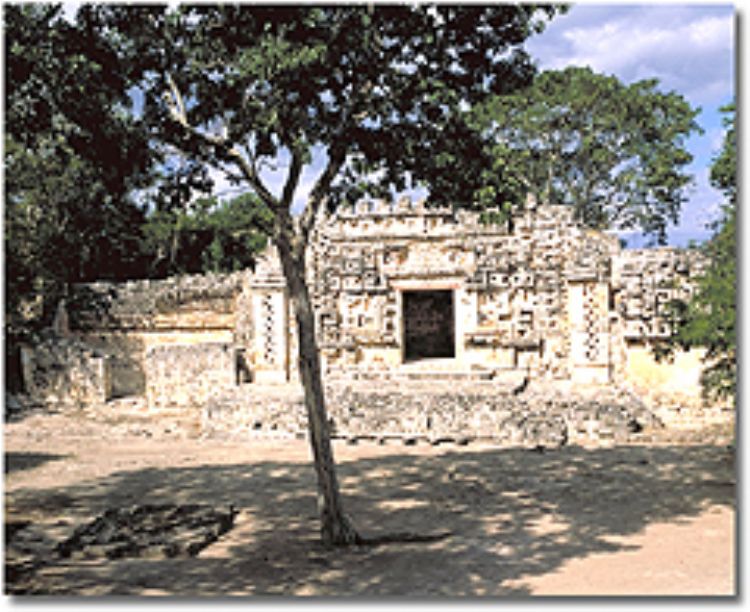
HOCHOB; Hochob is one of the most representative Maya territories of the Chenes; it is splendidly decorated with serpent mouths, complemented by an ax and the frontal upper face, making it look like a monstrous mouth. Those who have the opportunity to contemplate it canât help but think of the âsnake that absorbs or swallowsâ, according to Architect George Kubler.
The first traces of the city, its name meaning âplace of corn cobsâ, are owed to researcher and explorer Teobert Maler. It is placed on top of a rectangular hill 30 meters in height, with a peak artificially flattened by fillings serving as the foundation of the structures integrating it and distributed along three plazas. The main plaza is to the east, where the Palace of the East is located. To the north is the Main Palace, Structure III and a platform angled to the south, on the south are four buildings united by platforms.
Important in this place are constructions like Palace of the East, constituted of three rooms and the central façade has a fantastic zoomorphic face surrounding the entrance. The façades of the lateral buildings are smooth and only have simple horizontal moldings. The Main Palace is framed by a façade divided into three parts: the central consisting of an enormous integral face of Itzamna, on the upper side is the forehead and eyes with strabismus, to the sides there are enormous earflaps and the entrance is the massive open jaws of the Earthâs Monster, the lower jaw is constituted by a platform of fangs. Its corners are decorated with faces of Chaac.
To reach Hochob from the city of Campeche, you have to go towards the town of Hopelchen on Federal Highway 180 and continue on 261 to the town of Dzibalchen, passing until finding the detour to Chencoh town and finding the place 14 kilometers down. It is convenient to remember that temperatures at Hochob reach approximately 86º F, making it convenient to wear light clothes and insect repellent is necessary from June to August.
HORMIGUERO; Concerning the Bec region, site distinguished for its zoomorphic facades, it is possible to see at Hormiguero a construction divided into three sections, the central part is a fantastic face and its sides have towers of rounded corners with the regionâs typical unconcluded stairwells. Compared to Hochob, this entrance presents a monstrous mouth with open jaws; the idea is interpreted as the place between the external world and the underworld.
Rupper and Dennison, on their second visit to Campeche, reported the existence of Hormiguero. They were coming from Carnegie in Washington during April 1933, but it wasnât until 1979 when the site started to be excavated and preserved. Occupation according to records dates from 600 to 800 AD.
As part of everything that can be seen in Hormiguero, on the northern extreme of the so-called South Group is Structure II, the most important in the site for its dimensions and the many motifs carved into the façade. This is integrated by tree main sections divided by two towers of rounded corners with stairwells. Underneath, not functional to each tower, appears a hall connecting the platform of the central façade to the laterals.
Structure 5 is located within the Central Group, it is a single room building limited to the east by a support made of many bodies. The northern façade has a mask similar to the one in Structure II, only smaller.
Located in the southeast of Campeche State, Hormiguero is in the municipality of Calakmul. Take Federal Highway 180 to the town of Champoton and then follow highway 186 in the Escárcega â Chetumal direction. Its schedule for visitors is from 08:00 to 17:00 hrs. Light clothes are crucial for bearing the temperatures during spring and summer. During July and August it is convenient to wear clothes appropriate for rainfall.
Artículo Producido por el Equipo Editorial Explorando México.
Copyright Explorando México, Todos los Derechos Reservados.
Foto: Inah.Gob.mx

